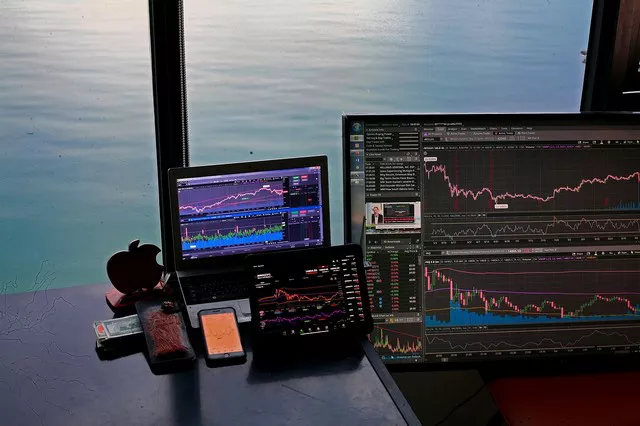New York — The S&P 500 experienced its largest single-day decline since 2022 on Monday, as global markets reacted to a disappointing U.S. jobs report and mounting recession fears.
Market Performance
At the opening bell on Monday, the S&P 500 plummeted approximately 4%, while the tech-heavy Nasdaq tumbled more than 6%. The Dow Jones Industrial Average also took a significant hit, dropping around 1,000 points or nearly 3%. By the close of trading, some losses were recovered, but the major indexes remained deeply in the red:
S&P 500: Down 3%
Nasdaq: Down over 6% at the peak, closed down more than 2%
Dow Jones: Closed down approximately 3%
Global Market Impact
The ripple effect of the U.S. market downturn was felt globally, with Japan’s Nikkei 225 index experiencing its worst trading day since 1987, dropping over 12%. This was a stark reminder of the interconnectedness of global financial markets.
Key Contributors to the Decline
Disappointing Jobs Report: The U.S. Bureau of Labor Statistics reported that employers hired only 114,000 workers in July, falling significantly short of the expected 185,000. This pushed the unemployment rate up to 4.3%, the highest since October 2021. The sharp rise in unemployment has triggered the Sahm Rule, a recession indicator.
Recession Fears: The weak jobs report stoked fears of a possible recession. Goldman Sachs economists increased the probability of a U.S. recession in the next year from 15% to 25%.
Tech Sector Hit Hard: Key tech stocks suffered significant losses. Nvidia plunged over 14%, and Apple fell more than 8% in early trading, reflecting broader concerns about the tech sector’s valuation and future earnings amid economic uncertainty.
Market Reactions and Investor Sentiment
The sharp declines in the market led to calls for the Federal Reserve to implement a large interest rate cut at its upcoming September meeting. Some investors even advocated for an emergency rate cut to be made this week to stabilize the markets.
Dan Ives, managing director of equity research at Wedbush, noted the widespread impact on investors, stating, “Investors are feeling massive pain globally. U.S. markets are trading heavy in the red across the board.”
Looking Ahead
The market’s performance underscores the fragile state of investor confidence and the heightened sensitivity to economic data. As the Federal Reserve continues to navigate its monetary policy amid these volatile conditions, market participants remain on edge, closely monitoring economic indicators and central bank actions.
The potential for further rate cuts and other fiscal measures will be critical in determining the markets’ direction in the coming weeks. The ongoing economic uncertainty and the specter of a recession will likely continue to weigh heavily on global financial markets.


